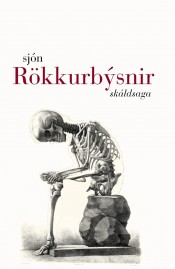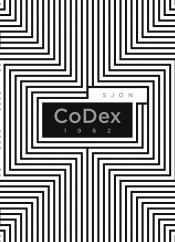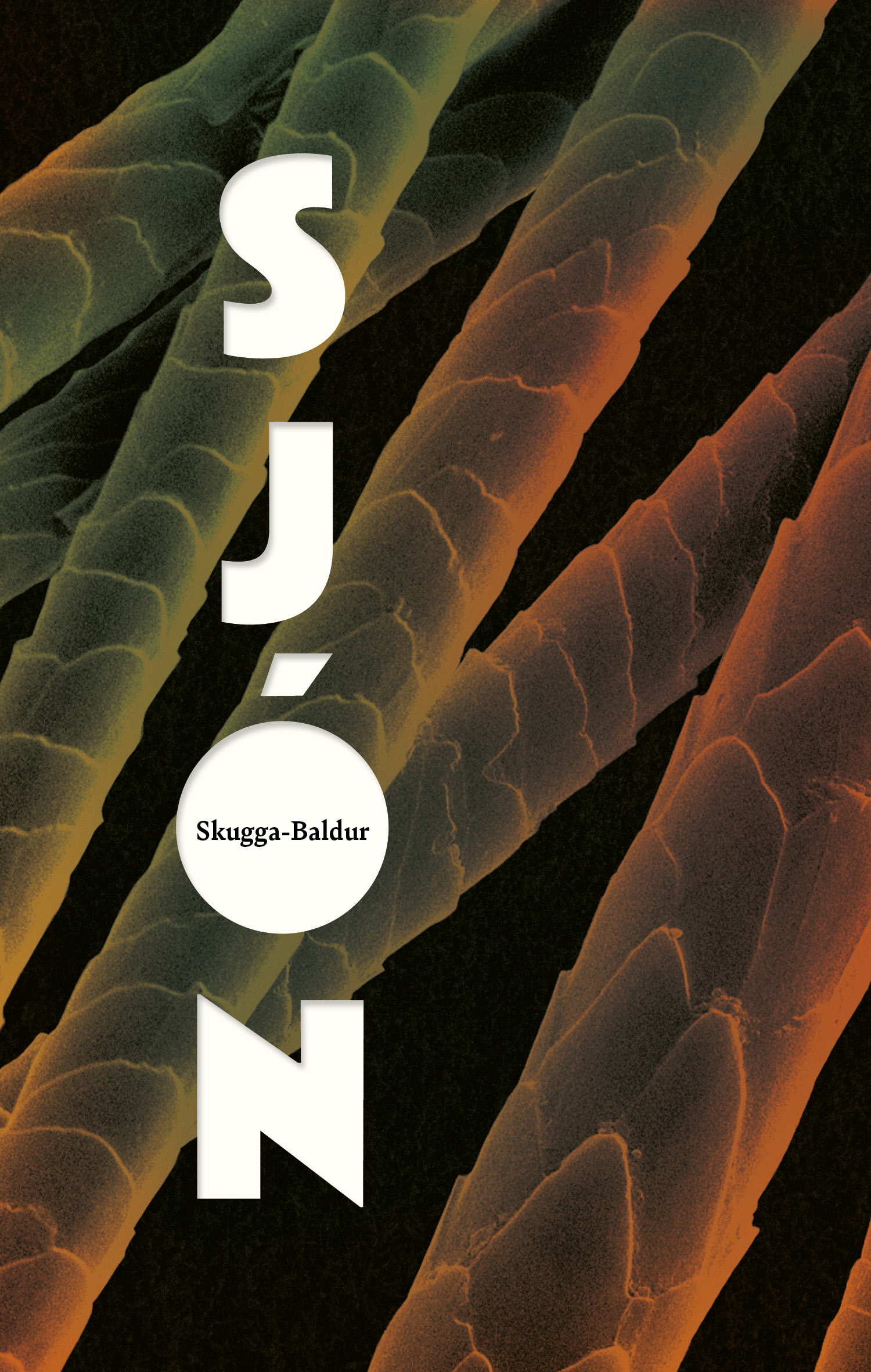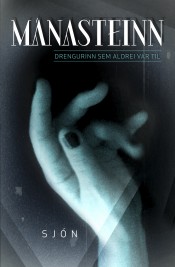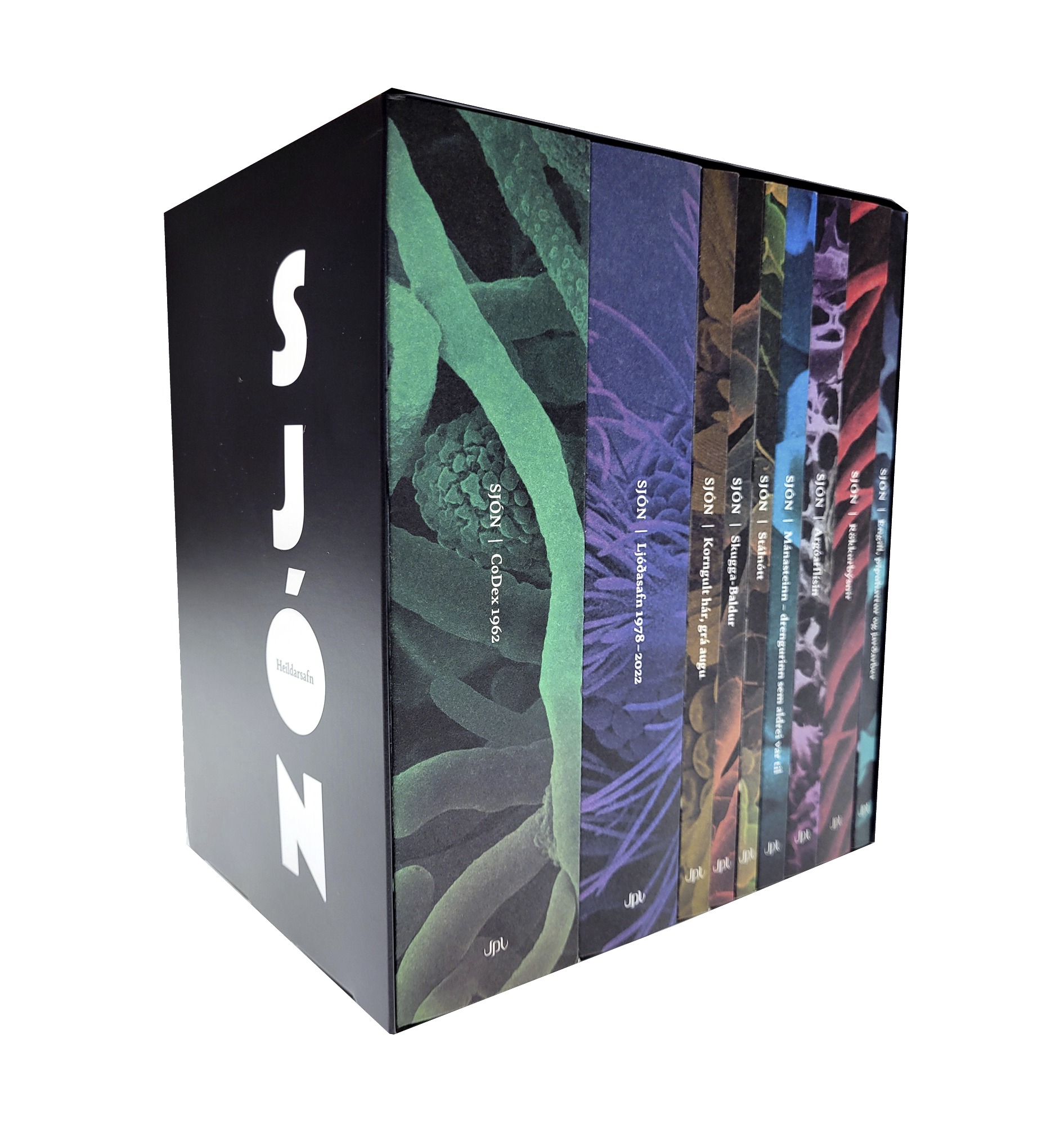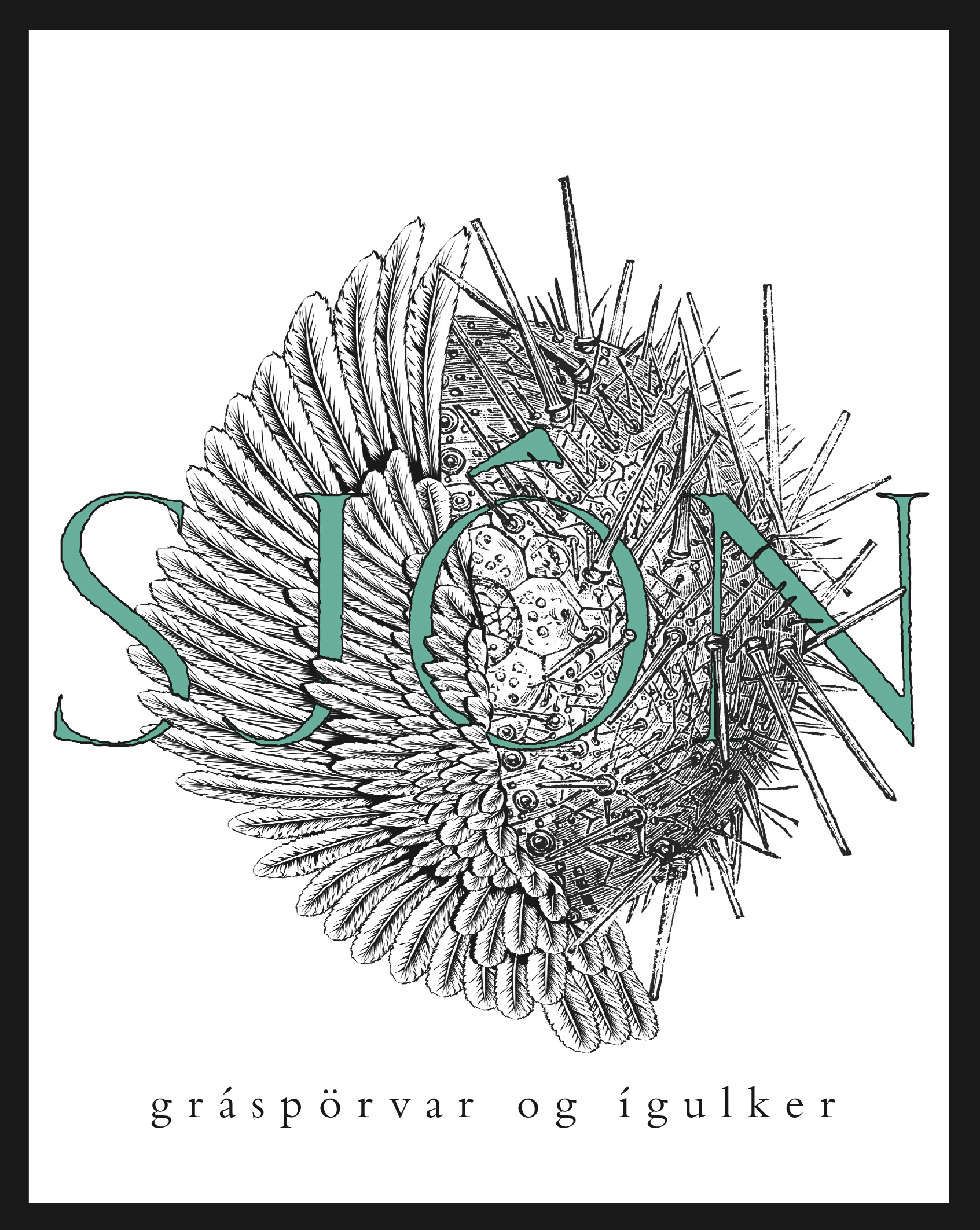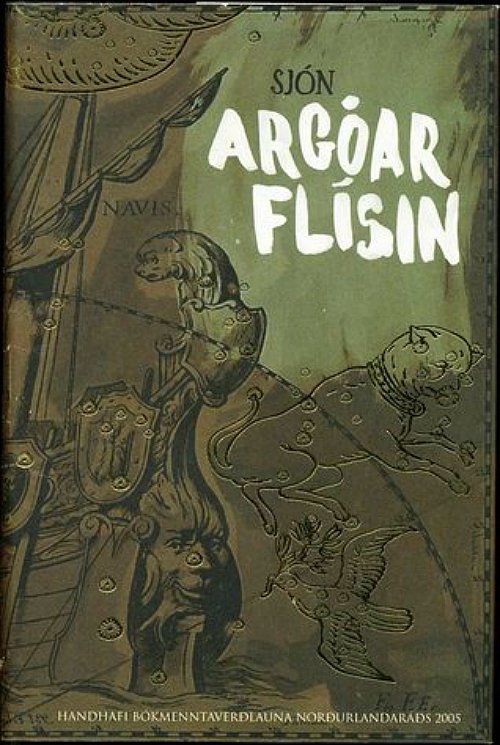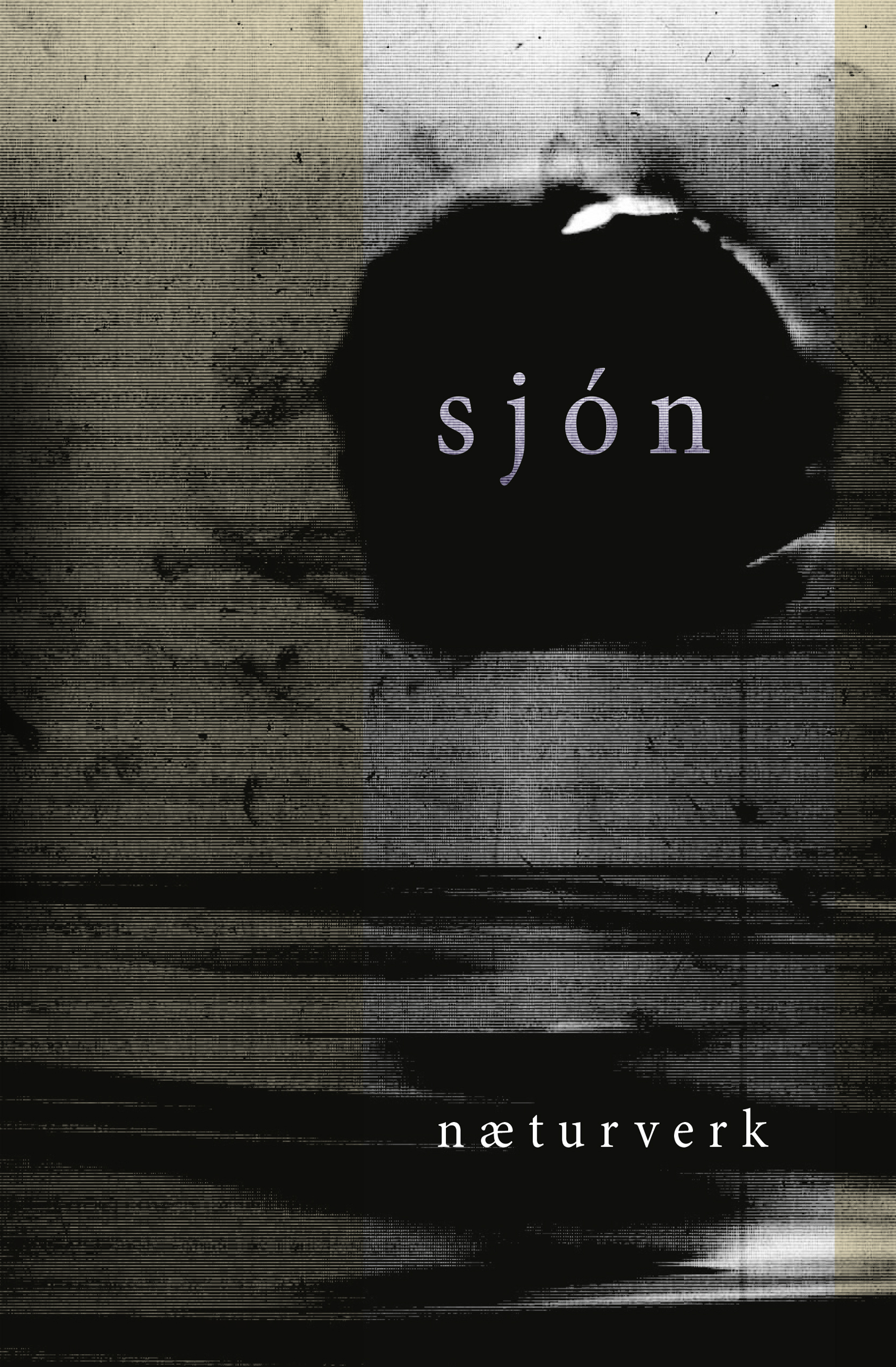Gunnar Kampen is a young man living in Reykjavik in the late 50s. He’s got a degree from a business college and is well set in life. He interests himself in the affairs of his fellow men as well as
the outside world near and far. Living with a loving mother and two sisters who have doted on him since childhood, he by turn is a caring brother and son. In spring 1958 he founds an anti-semitic nationalist party in the West End of town, and with much enthusiasm starts supporting the ever growing international network of Neo-Nazism.
In a prose that moves with ease from lyrical boyhood memories to the darkest of thoughts, Sjón explores the life of his main character in his unique way. At the same time the book asks the question if Gunnar Kampen is such a special case after all. The novel Red Milk is a masterfully written, bold work by one of the great authors working in fiction today.
Literary agent: Licht & Burr Literary Agency Aps.
e-mail: tl@licht-burr.dk
“An extraordinary and original writer.”
A.S. BYATT, GUARDIAN
“One of the unavoidable names of contemporary European literature.”
EL PAÍS
“We should consider ourselves fortunate to live in the age of Sjón.”
TIMES LITERARY SUPPLEMENT
“He is a master of atmosphere, a fine observer of the cross hatchings of human motivation.”
THE NEW YORK TIMES BOOK REVIEW
“Sjón’s policy of omission-of drama, psychology, violence, grandeur of any kind-results in a delicious tension. He tempts us to expect so much of the novel, and though he never provides the relief of clean culminations, he manages to keep the reader wanting.”
ASYMPTOTE JOURNAL
“…a tribute to the magnitude of Icelandic author Sjón’s talents, to his self-restraint, attention to potent detail and gossamer-light lyrical touch in recounting world history on a human scale. Red Milk is another Sjón-stunner, his seventh novel in English translation by his great collaborator, Victoria Cribb. There’s also a certain neatness in the fact that one of the world’s greatest storytellers is himself from a tiny island, a stone’s throw away from the gigantic global events of mainland history.”
ROSIE GOLDSMITH, EUROPEAN LITERATURE NETWORK
“A book like a blade of light, searching out and illuminating the darkest corners of history . . . It’s vivid, unputdownable, alive, and written with unerring artfulness and subtlety.”
NEEL MUKHERJEE
“Sjón’s prose is appropriately sharp and precise, illuminating the murky corners of his topic.”
NEW STATESMAN
“This is a masterfully written book, how it tackles the ideology is compelling.”
Kolbrun Bergthorsdottir, Kiljan, National TV
“Red Milk is a wonder of beauty, yet a terrifying mosaique that gradually becomes whole in the reader’s mind.”
Ragnhildur Thrastardottir, Morgunbladid daily
“This book is a short text, if you count the words, but each word is meticulously selected, each sentence is chiseled, and phrases are arranged in such a way that the story’s scope is deeper than meets the eye, there are numerous references, and nothing is left to coincidence. … Conclusion: A memorable book on the factors that mold a person, and about ideas finding their way to their recipients.”
Brynhildur Bjornsdottir, Frettabladid daily
“One of this story’s assets, and that of historical novels in general, is that it enables authors and readers to re-visit historical events, not exactly as they occured, but rather as we feel they were, so we readers are able to see through the eyes of those who preceded us, we see the events and we understand them from different points of view, and hopefully manage to forge a sensible connection to the past, based on feeling and reason.. … This story is a cleverly composed mosaique, we are not shown all the fragments, and they are not at all presented in a chronological order, yet gradually, the image becomes clear, and the main character comes alive and understandable to us …
Sjón’s way of telling a tale is shifting throughout this book: it starts as a third-person account, almost neutral to begin with, like an article in a newspaper, followed by chapters told from the main character’s point of view. In the second part of three, the author makes a radical shift in the story, using different ways of telling the story, through private letters, news items, even a telegram, and then he goes back to the third-person mode. …
The most important point made in this historical novel by Sjón is the revelation of an Icelandic point of view adapted to this ideology; it is a good thing to remind ourselves that the “innocence” of the island nation is an illusion and there are always those who seek out totalitarian forces, and this discourse must be handled firmly, also with the tools of poetry, like Sjón does with this book, and that might be the method that will prove the most efficient and lasting.”
Gauti Kristmannsson, Vidsja, National Broadcasting Service





